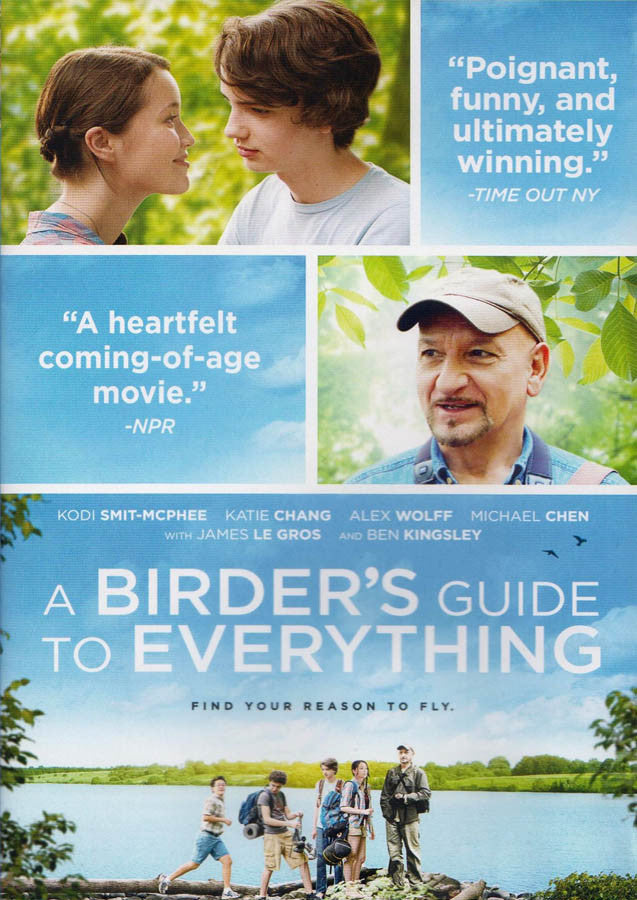
There is no doubt that it is a project that will change the face of the Mackenzie Valley forever. The peoples of Canada, especially the native aboriginal residents of the Mackenzie, are struggling with the difficult societal, economic, and environmental issues that this and other projects mean for the future of the Boreal. Looming on the horizon is perhaps the largest industrial project ever proposed for the Mackenzie Valley—an 800-mile pipeline through the heart of millions of acres of the Boreal. Not only is it one of the last great pieces of untouched habitat left in the world but it is also potentially represents one of the world's last great opportunities for financial gain for natural resource based extraction industries. Thousands of Tundra Swans stage in the watershed many of which have been found, through satellite tracking, to migrate through and winter in the mid-Atlantic state of the eastern U.S.īut the Mackenzie Valley is at a crossroads.

The region regularly hosts 1% or more of many waterfowl and shorebird species including up to 10% of the global population of Lesser Snow Goose and 20% of Black Brant. As if this weren't enough, the Mackenzie Watershed is home to six officially recognized Important Bird Areas. For species like Bohemian Waxwing (50% of population in watershed), Mew Gull (40%), Harris's Sparrow (35%), or Short-billed Dowitcher (30%) the need is especially critical since such a large proportion of the population relies on the watershed. The fate of all of these species rests heavily on the ability of the Mackenzie River Watershed to provide the high quality breeding habitats that they require. Of these, at least 40 have 20% or more of their breeding ranges within the watershed. Perhaps the importance is best highlighted by the fact that the watershed encompasses more than 10% of the total North American breeding range of more than 100 bird species. This vast region is also critically important to supporting the abundance of a host of bird species. It also contains two of the world's largest lakes and one of the largest and longest free-flowing rivers in the northern hemisphere.

Located in the heart of Canada's Boreal forest, the Mackenzie Valley contains some of the last and largest untouched and unallocated blocks of terrestrial habitat in the world.


 0 kommentar(er)
0 kommentar(er)
